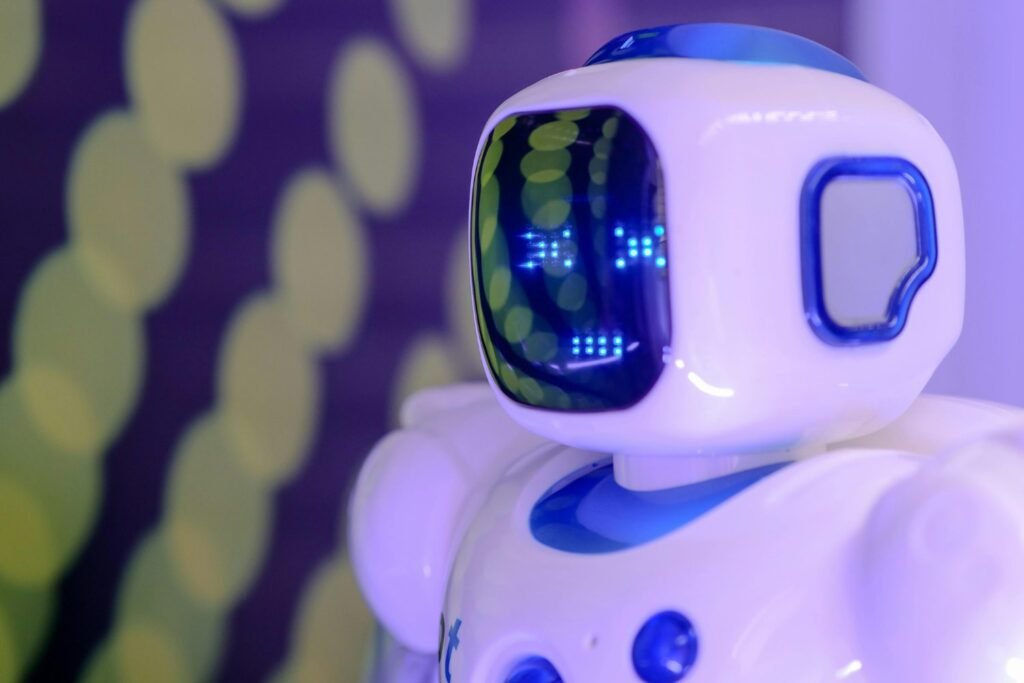What if emotions were not solely human?

Artificial intelligence is advancing by leaps and bounds, learning to recognize faces, medical diagnoses, and even human emotions. But is it possible for them to truly feel them? This journey through the biology of fear and technological limits reveals how much we still differ from machines… and what scenarios we could encounter ahead.

What makes an emotion so human?
Emotions are automatic reactions that emerge without asking for permission. They are complex responses that help us adapt and. For example, when a threat like a bear appears in front of us, the body and brain coordinate instantly to decide between staying still or fleeing.
The Brain and the Body: An Indissoluble Emotional Network
This process requires three key elements: interpreting the situation, generating a physical response and executing a behavior. And it all happens in milliseconds. Fear is not only mental, it is also sweat, heart racing and life-or-death decisions stemming from a deeply integrated source.
In dangerous situations, such as encountering a bear, different areas of the brain are activated. The amygdala processes emotion, while the prefrontal cortex decides how to act. This communication translates into precise bodily reactions: if the brain needs to think better, it slows the heart; if there is a need to flee, it releases adrenaline to activate the muscles.
Even though we may disguise some emotions, such as stage fright when speaking in public, the body reveals what we feel. And this involuntary alliance between the brain and the organism is what makes emotions much more than simple programmed responses.
What artificial intelligence can (and cannot) do
AI can recognize emotions through databases containing facial expressions, heart rhythms, or human behaviors. It can even simulate how to react to threatening situations. But it cannot feel. It does not have a body that reacts or subjectivity that interprets the environment.

For a machine to experience real emotions, it would need a functional biology, a vivid perception of the world, and a survival instinct. And that is something that, for now, cannot be programmed.
Can Machines Ever Feel?
Projects like neuro-robotics and synthetic organs are trying to replicate human functions in artificial beings. Robots with simulated cerebella or lab-grown tissues open up new possibilities. But even if a robot could “react” autonomously, it would still lack the essential: subjective experience.
Feeling fear is not just about detecting a threat, but living through it. Emotions are not simply physical reactions: they are intimate experiences that arise from our complex biology. And until we figure out how to replicate that in a machine, there will continue to be a gap between our emotions and their programming.
Should We Create Machines That Feel?
Beyond the technical possibility, the big question is ethical: should we try to make machines experience real emotions? What consequences would that have for humanity? For now, emotions remain one of the last frontiers separating us from our own creations. Until when? That is still to be seen.
Source: [insert source here]





